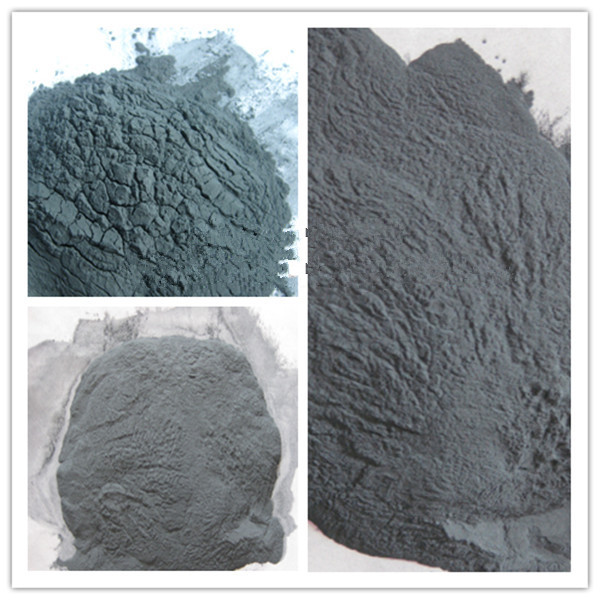
Silicon Carbide (SiC) was the first of the synthetic abrasives that ushered in twentieth century manufacturing. It was first synthesized in commercial quantities around 1891 by Dr Edward G Acheson who gave it the trade name "Carborundum"...
 Silicon Carbide (SiC) was the first of the synthetic abrasives that ushered in twentieth century manufacturing. It was first synthesized in commercial quantities around 1891 by Dr Edward G Acheson [1] who gave it the trade name "Carborundum", and was initially produced in only small quantities and sold as a substitute for diamond powder for lapping precious stones. The heart of the process is the Acheson resistance heating furnace, an adaption of the Cowles electric batch smelting furnace patented just a few years previously in 1885, in which quartz silica sand and petroleum coke is reacted at a temperature of around 2,400℃[2]. The overall reaction is described by the carbothermic reduction equation:
Silicon Carbide (SiC) was the first of the synthetic abrasives that ushered in twentieth century manufacturing. It was first synthesized in commercial quantities around 1891 by Dr Edward G Acheson [1] who gave it the trade name "Carborundum", and was initially produced in only small quantities and sold as a substitute for diamond powder for lapping precious stones. The heart of the process is the Acheson resistance heating furnace, an adaption of the Cowles electric batch smelting furnace patented just a few years previously in 1885, in which quartz silica sand and petroleum coke is reacted at a temperature of around 2,400℃[2]. The overall reaction is described by the carbothermic reduction equation:
SiO2 + 3C = SiC + 2CO
The furnace is prepared by placing a large carbon resistor rod on a horizontal bed or trough of raw materials to which a heavy current is applied. The raw material also includes sawdust to add porosity to help release the CO, and salt to remove iron impurities. The whole process takes from 36 h to 10 days and yields typically 10–50 tons of products. From the time it is formed the SiC remains a solid as no melting occurs (SiC sublimates at 2,700℃).[3]
There has been a large upsurge in interest in SiC for applications such as tank and body armor, heat resistant bodies for kiln ware, high temperature electronic devices, and wire saw applications for electronics spurring research into both manufacturing processes and SiC material properties. Silicon carbide is the hardest of the conventional abrasives with a Knoop hardness of 2,500 and a surface Knoop microhardness of (2,900–3,100) kg mm2 at room temperature.
Pure Silicon Carbide is colorless. Two grades of Silicon Carbide are produced for abrasive applications – "green" and "black".
To learn more about "Black Silicon Carbide" or "Green Silicon Carbide", please click the link.
To Buy them, please check the "Silicon Carbide" products listing. You may consider the abrasive glossary or need some charts (grit size, standards, and so on).
Reference:
1. Acheson E.G., US Patent 492,767 (1893).
2. Cowles A.H., Cowles E.H., US Patent 319945 (1885).
3. Mark J. Jackson l J. Paulo Davim, Machining with Abrasives, (2011)18, 19.